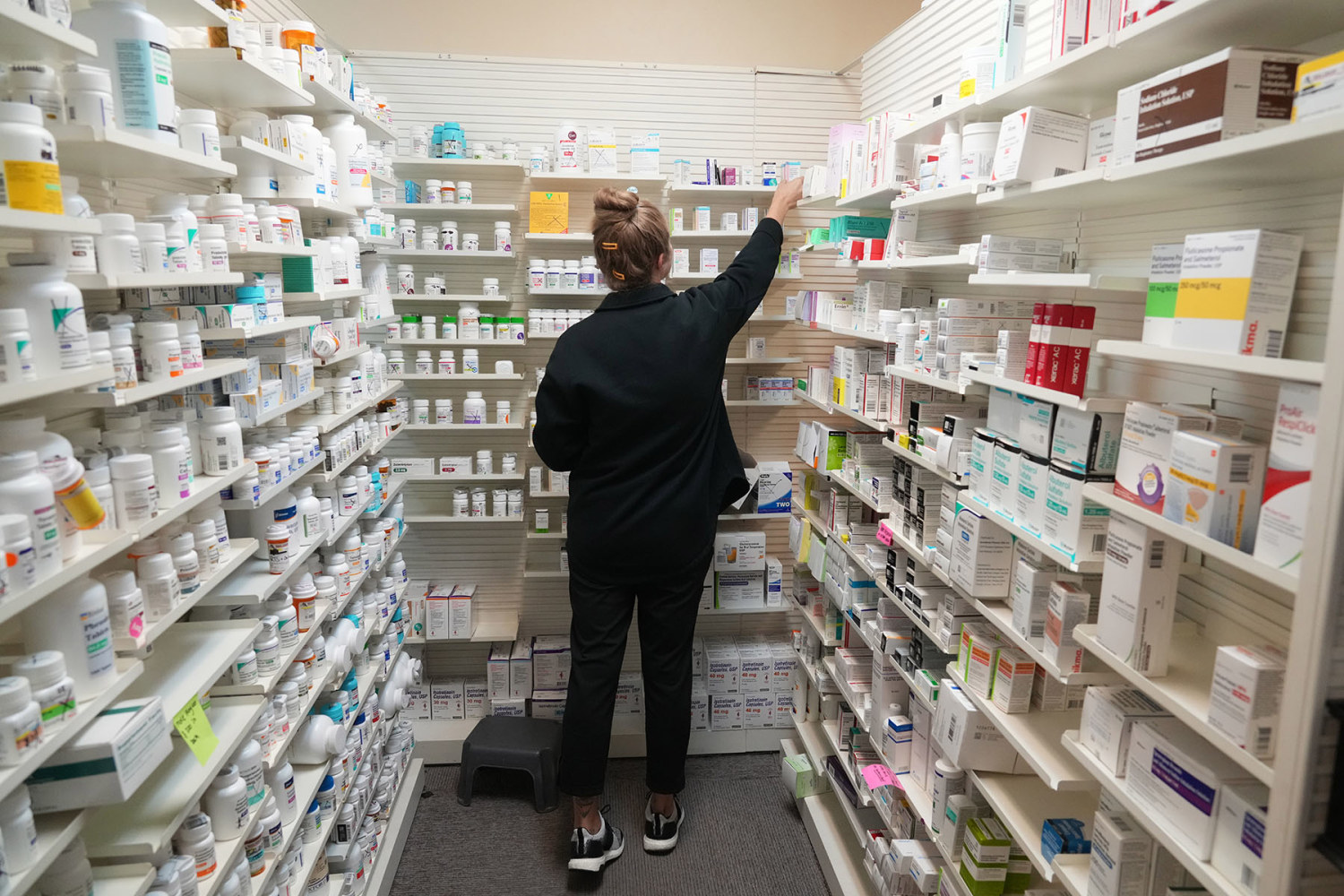When the body expels more fluids than it intakes, it leads to dehydration, a state where there isn’t enough water for normal physiological functions. While this can impact anyone, particular demographics like babies, toddlers, senior citizens, and individuals with long-term health issues are at greater risk. Dehydration can be triggered by multiple factors, from ordinary daily events to severe health conditions. Comprehending the reasons, signs, and preventive strategies is crucial for sustaining wellness.
Causes of Dehydration
Loss of body fluids can arise from various reasons, each impacting hydration in unique ways. A common reason is insufficient consumption of water, where people fail to intake adequate amounts to fulfill their body’s requirements. This can stem from a hectic schedule, unavailability of pure water, or merely not perceiving the urge to drink.
Another common cause is excessive fluid loss, which can occur through various means such as sweating, urination, or respiration, particularly during physical exercise or exposure to hot environments. For instance, athletes often experience dehydration during intense workouts if they do not replenish their fluids adequately.
Sicknesses can result in dehydration, particularly if they present with symptoms such as nausea, loose stools, or elevated temperature. For instance, an intestinal infection could lead to substantial water loss in the body rapidly, requiring urgent rehydration to avoid severe issues.
Signs of Dehydration
The signs of dehydration differ depending on how severe the condition is, from minor to serious. Minor dehydration could show up as feeling thirsty, having a dry mouth, or producing less urine, with the urine becoming darker and more yellowish. Tiredness and lightheadedness may also be present, affecting everyday tasks and concentration.
Severe dehydration can exhibit more alarming signs, including intense thirst, parched skin, a fast heartbeat, and confusion. In extreme situations, it might result in critical conditions like heatstroke or hypovolemic shock, demanding immediate medical care.
Preventive Measures
Preventing dehydration involves adopting habits that ensure adequate fluid intake. Drinking plenty of water throughout the day is crucial, especially for individuals engaged in physical activities or residing in hot climates. Incorporating hydrating foods, like fruits and vegetables, can also contribute to maintaining fluid balance.
Observing physical indicators is another useful method for preventing issues. Being alert to feelings of thirst and frequently examining the color of urine can be beneficial for assessing hydration status. Moreover, getting ready for strenuous activities by drinking fluids beforehand can reduce the likelihood of dehydration.
Fluid Loss in Unique Groups
Certain populations are at a higher risk for dehydration, necessitating specific considerations. Older adults, for instance, may have a decreased sense of thirst and need to consciously increase their fluid intake. Similarly, infants and children can become dehydrated more quickly than adults, so caregivers should ensure they drink enough fluids, especially during illnesses like colds or flu.
Individuals with long-term health conditions, like diabetes, must incorporate dehydration management into their overall wellness plan. Adequate hydration aids in bodily functions such as circulation and temperature control, which are vital in handling these health issues.
Consider the effects of not having enough fluids, as it affects everyday activities and overall health over time. Understanding how to keep fluid balance and using daily methods for staying hydrated can greatly improve your quality of life. It’s crucial to be attentive and take action towards the reasons and signs of dehydration, promoting a healthier way of living for everyone.





